
Seven Types of Pain You should Never Ignore
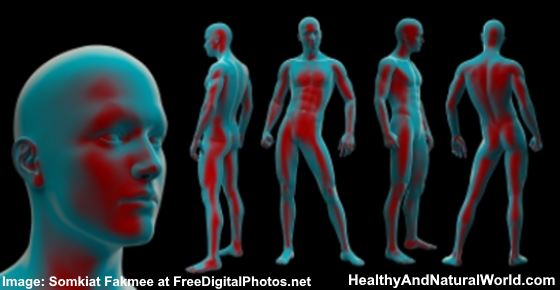
We all experience pain at some point — a sore back after gardening, an aching head after a long day, or muscle stiffness after exercise. It’s natural to assume most of these aches will fade on their own. And often, they do.
But there are certain kinds of pain that serve as urgent warning signals from your body — red flags that something more serious could be happening beneath the surface. Medical experts emphasize that understanding these warning pains can literally save your life (Mayo Clinic, 2024; WebMD, 2023).
Here are seven types of pain you should never ignore, no matter how mild they may seem.
Pain #1: Burning Pain or Numbness in the Legs or Feet
A burning, tingling, or numb feeling in your legs or feet could indicate neuropathy, often linked to diabetes. The American Diabetes Association reports that nearly one in four people with diabetes are undiagnosed, meaning millions live with nerve damage without realizing it (American Diabetes Association, 2023).
Common symptoms of diabetes include:
-
Constant thirst or hunger
-
Dry mouth and itchy skin
-
Slow-healing cuts or sores
-
Frequent urination
-
Blurred vision
If you experience these along with burning or tingling in your extremities, your nerves may already be affected. Early diagnosis and lifestyle changes can help prevent further nerve damage and complications (Harvard Health Publishing, 2024).
Pain #2: Persistent Pain in the Chest, Throat, Jaw, Arm, or Belly
Most people recognize that chest pain can signal a heart attack, but fewer realize that heart-related pain can appear in unexpected places — the jaw, throat, shoulder, arm, or even the upper abdomen.
According to cardiologists, women especially are more likely to experience “silent” or atypical heart symptoms, mistaking them for indigestion or acid reflux (American Heart Association, 2023).
If you feel unexplained tightness, heaviness, or discomfort in these areas — especially with nausea, shortness of breath, or sweating — seek medical care immediately. Even mild pain could indicate restricted blood flow to the heart.
Pain #3: An Excruciating or “Worst Ever” Headache
Most headaches are benign — often caused by dehydration, eye strain, sinus congestion, or stress. These respond to rest, fluids, or simple over-the-counter medications.
However, a sudden, severe, or unusual headache that you’d describe as “the worst of your life” could signal a brain aneurysm or bleeding in the brain, conditions that demand emergency medical attention (Cleveland Clinic, 2024).
If your headache comes with blurred vision, confusion, vomiting, or neck stiffness, go to the emergency room immediately. Quick treatment can prevent permanent brain damage.
Pain #4: Sudden or Nagging Back Pain
Back pain is one of the most common reasons people visit a doctor — usually caused by posture, strain, or prolonged sitting. However, sudden, unexplained pain between your shoulder blades or in your lower back could indicate something far more serious: an aortic dissection — a life-threatening tear in the body’s main artery.
This condition often affects people with high blood pressure, smoking history, or connective tissue disorders, and it can mimic muscle pain (Mayo Clinic, 2024). If your back pain appears suddenly, feels sharp or tearing, or radiates to your chest, call emergency services immediately.
Pain #5: Extreme or Sharp Abdominal Pain
Abdominal pain is common, but certain types should never be ignored — particularly sudden, severe, or persistent pain.
Possible serious causes include:
-
Gallbladder inflammation or gallstones
-
Pancreatitis (inflammation of the pancreas)
-
Peptic ulcers
-
Appendicitis, especially if pain starts near the navel and shifts to the right side
Sharp pain accompanied by nausea, fever, or vomiting may require urgent surgical intervention (Harvard Medical School, 2023). Don’t attempt to “wait it out” — internal organ issues can worsen rapidly.
Pain #6: Pain or Swelling in the Calves
An occasional leg cramp isn’t alarming — dehydration or muscle fatigue are common causes. But persistent calf pain, warmth, or swelling may signal deep vein thrombosis (DVT) — a dangerous blood clot forming in a deep vein of the leg.
DVT can become life-threatening if the clot travels to the lungs, causing a pulmonary embolism (Centers for Disease Control and Prevention, 2024).
Watch for:
-
Redness or discoloration of the skin
-
Noticeable warmth in one leg
-
Swelling or pain that worsens when walking or standing
If you suspect DVT — especially after a long flight, surgery, or period of immobility — seek immediate medical care. Early treatment with anticoagulants can prevent complications.
Pain #7: Odd, Vague, or Unexplained Body Aches
Sometimes, persistent or unexplained body pain has no physical cause at all — instead, it can be a symptom of depression.
Mental health experts note that chronic pain and depression share neurological pathways, meaning emotional distress can manifest as physical pain, often in the back, joints, or abdomen (National Institute of Mental Health, 2023).
If you experience ongoing aches combined with fatigue, low mood, loss of interest, or difficulty concentrating, it may be time to discuss both physical and emotional symptoms with a doctor or therapist. Proper treatment — including therapy, lifestyle changes, or medication — can relieve both mental and physical pain.
Final Thoughts: Listen to Your Pain — It’s Your Body’s Alarm System
Pain isn’t always the enemy — it’s your body’s built-in warning system. While minor soreness or tension usually resolves with rest, the seven types of pain above may point to conditions that require immediate attention.
Don’t ignore or self-diagnose persistent or severe pain. Seeking help early could prevent irreversible damage — or even save your life (Mayo Clinic, 2024; WebMD, 2023; Harvard Health Publishing, 2023).
News in the same category

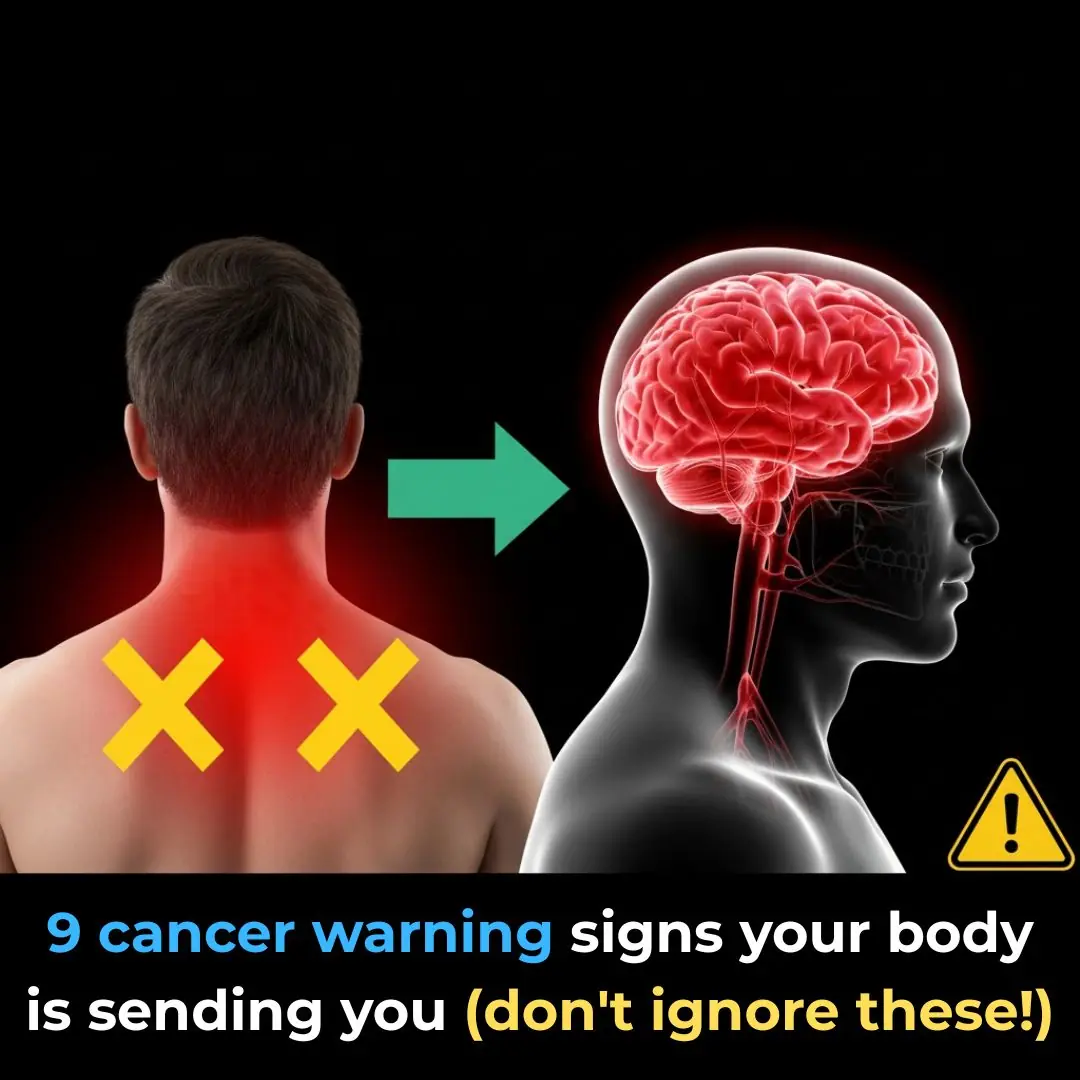
9 cancer warning signs your body is sending you (don’t ignore these!)
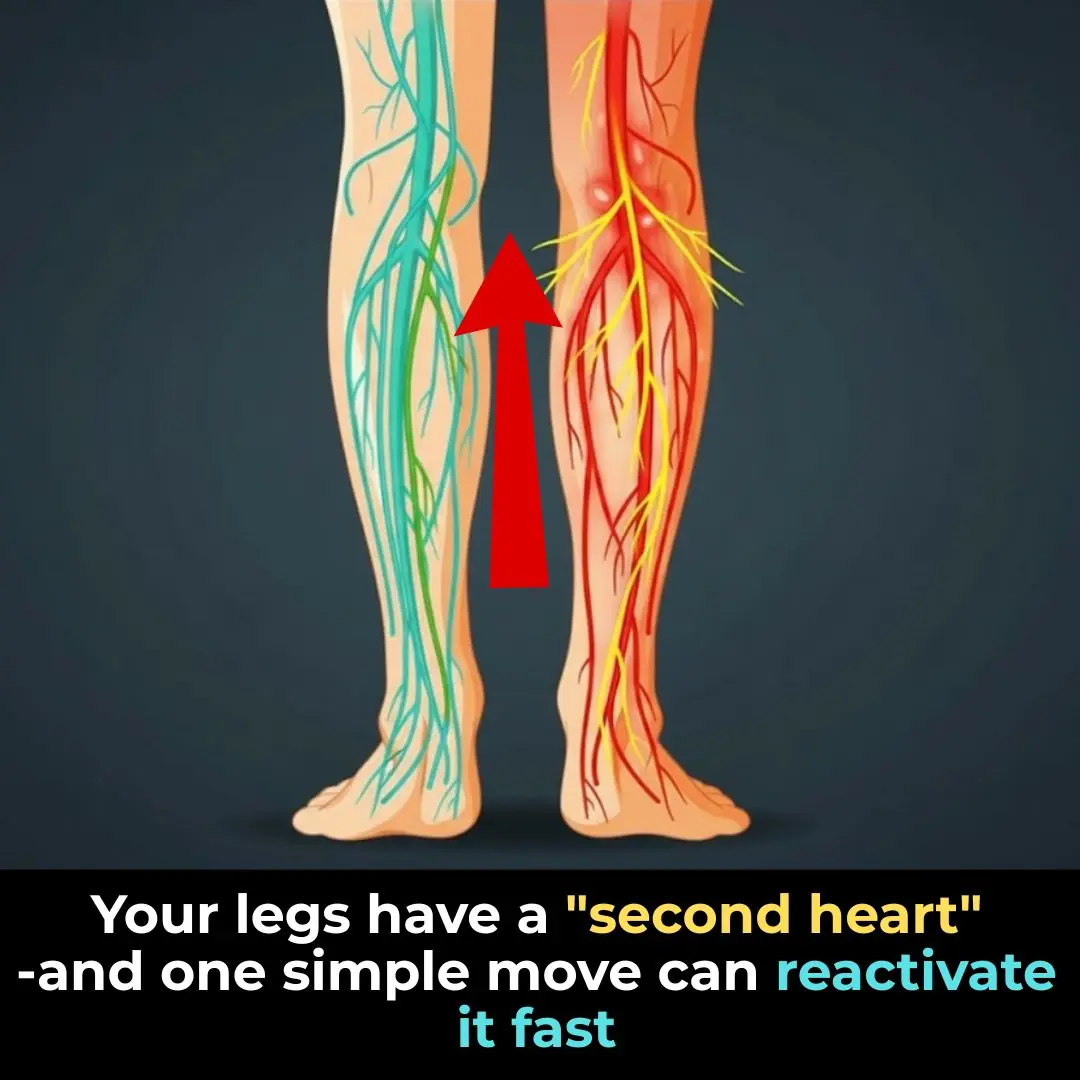
Your legs have a “second heart” — and one simple move can reactivate it fast
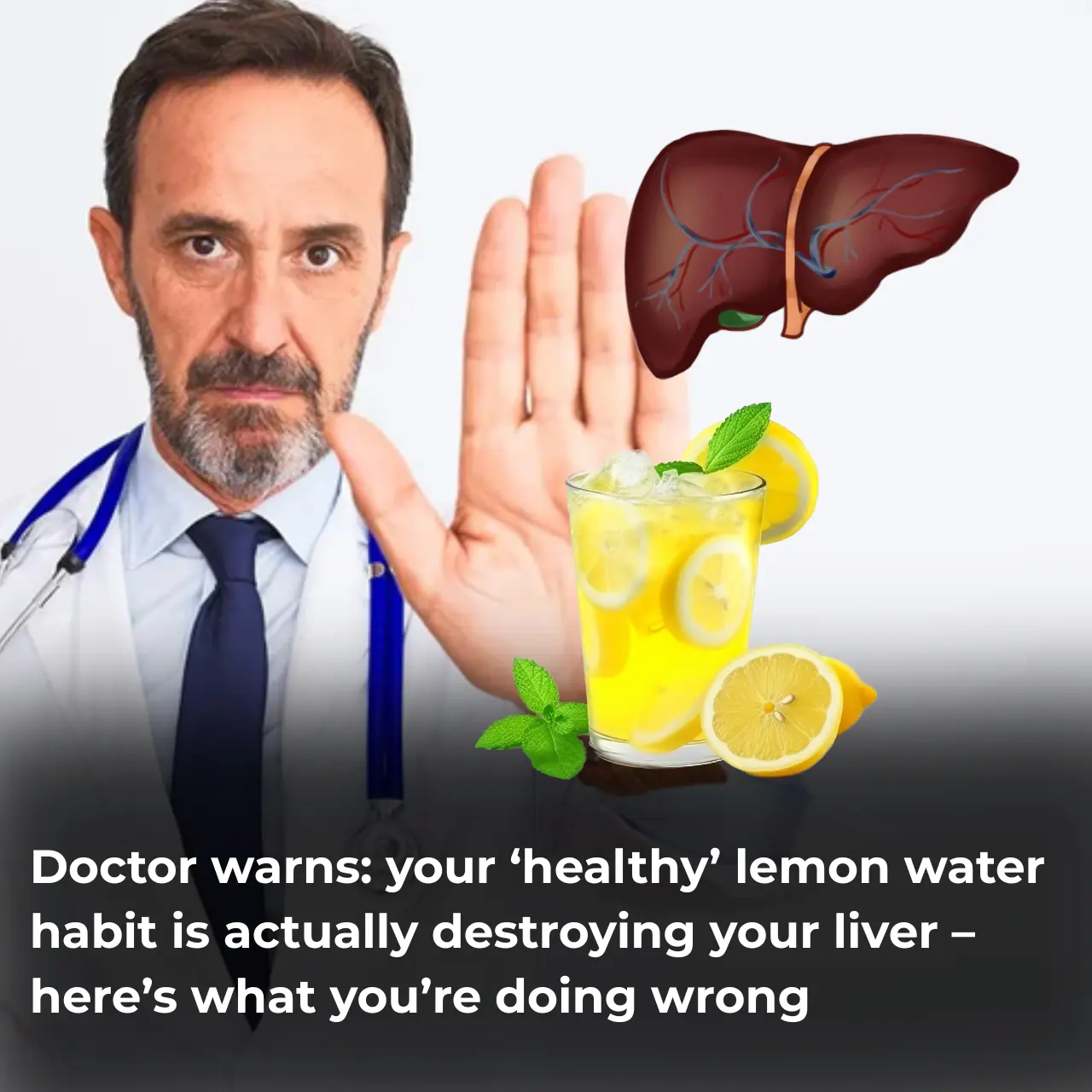
Doctor warns: your ‘healthy’ lemon water habit is actually destroying your liver – here’s what you’re doing wrong
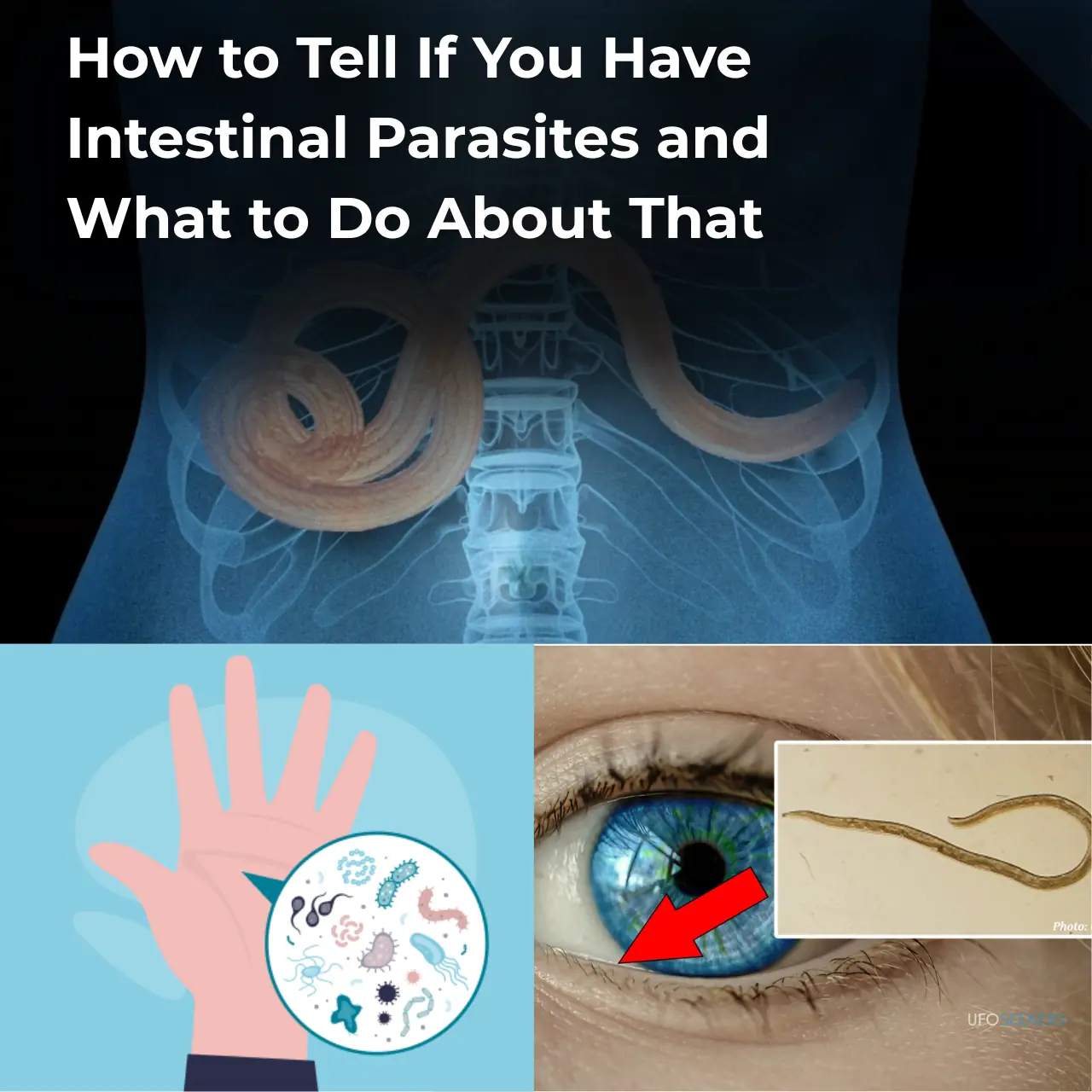
How to Tell If You Have Intestinal Parasites and What to Do About That
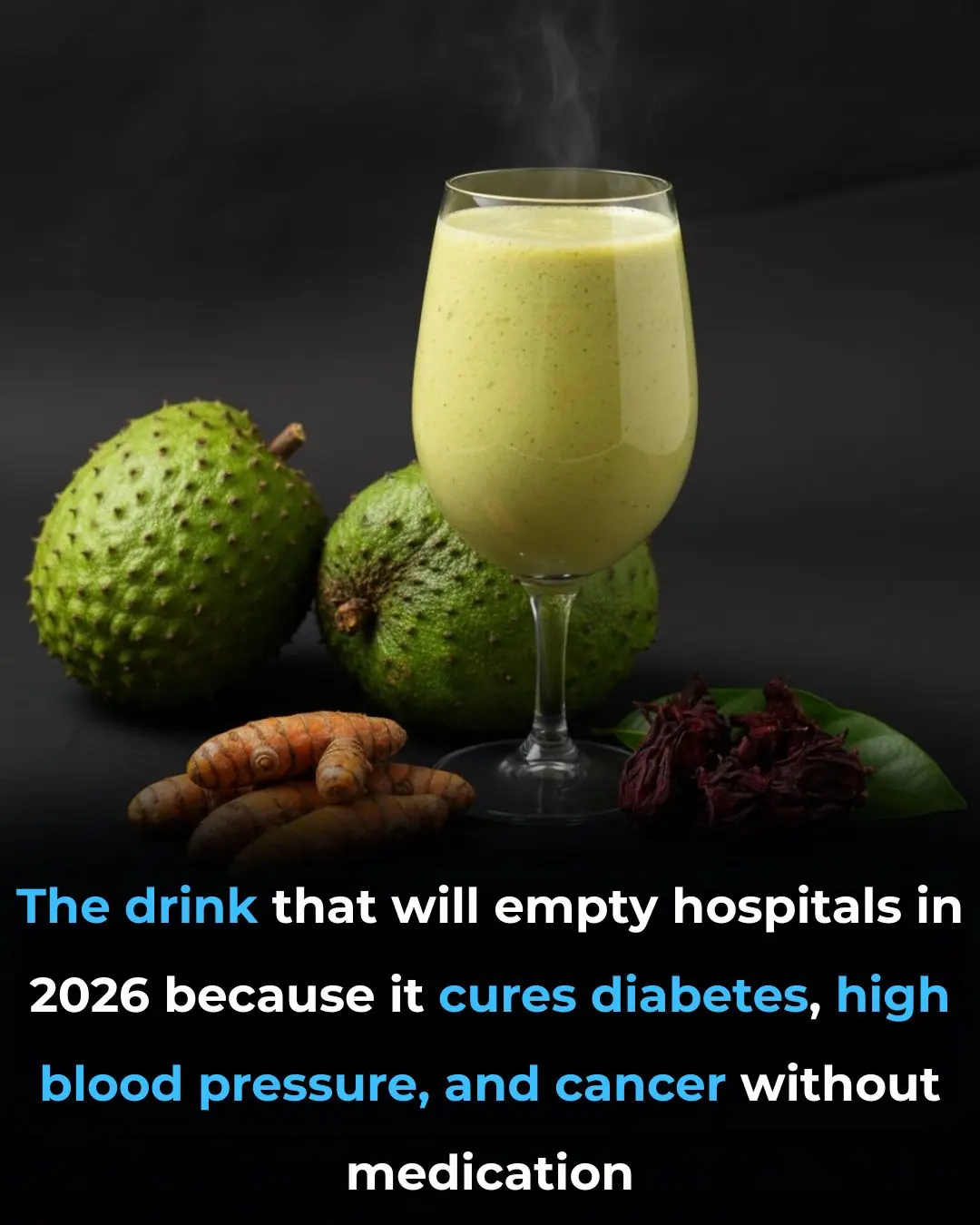
2026’s hottest health drink: A natural boost for blood pressure and diabetes

This Salt, Pepper and Lemon “Miracle-Mix” Can Help Solve 9 Problems

Scientists Discover The Maximum Age a Human Can Live To

Signs of Arthritis You Shouldn’t Ignore

The Life-Changing Effects Of Adding Just A Pinch Of Baking Soda To Your Water

WHAT HAPPENS WHEN YOU EAT 3 WHOLE EGGS EVERY DAY — THE RESULTS MAY SURPRISE YOU

Remove This from Your Home to Live Longer

This Ancient Seed Oil May Calm Knee Pain Better Than Tylenol, Study Finds

This Common Vitamin Deficiency Could Be Raising Your Colorectal Cancer Risk — and Half the World Is Affected
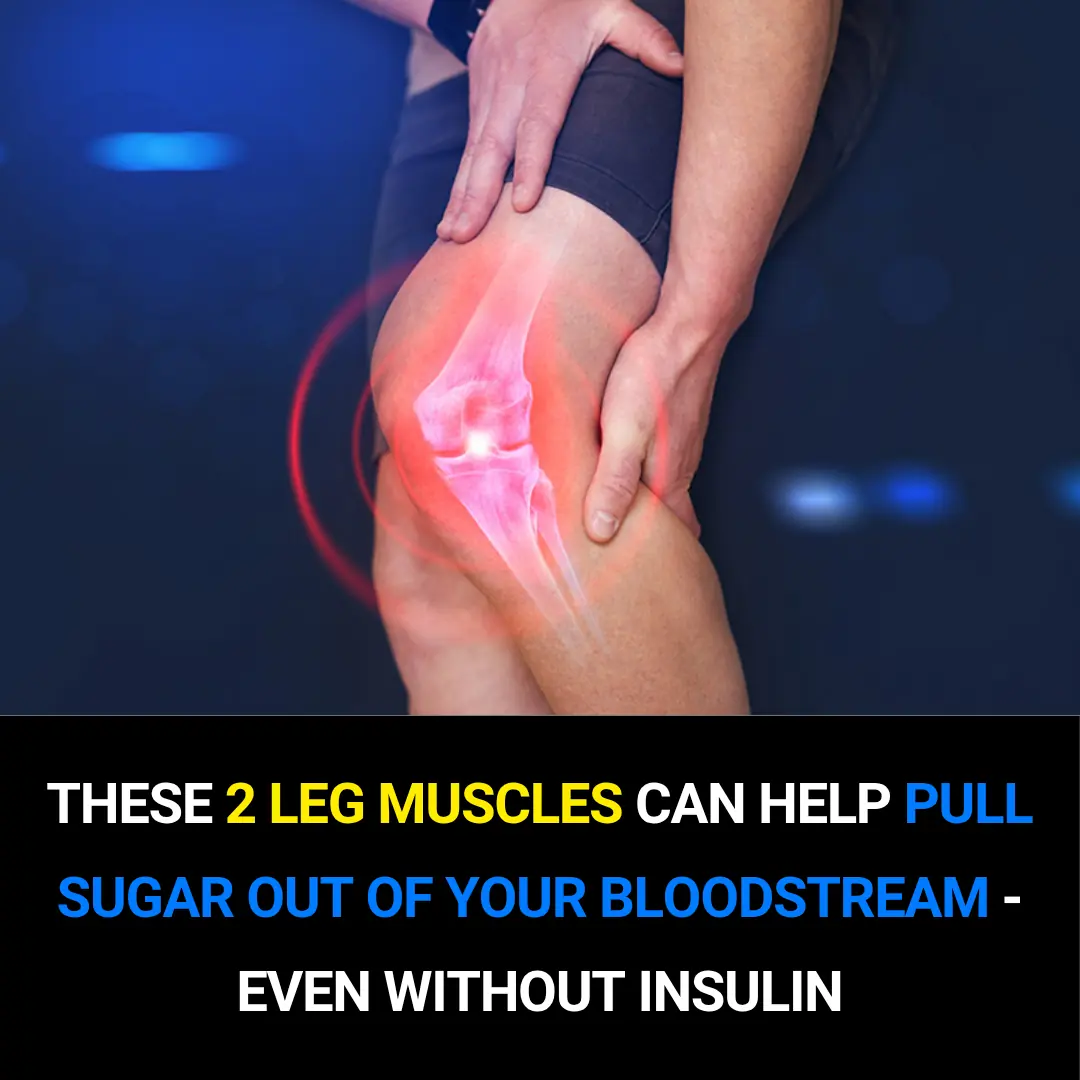
Lower Blood Sugar Naturally by Training Just Two Leg Muscles

Forget Aspirin — This Everyday Fruit Could Protect You from Stroke and Heart Attack

Garlic, honey, and cloves – a powerful natural remedy packed with health benefits

Anyone Whose Hair Is Falling Out Needs To Make This 2-Ingredient Drink Immediately

Mix Bananas, Honey and Water: Cough and Bronchitis Will Disappear
News Post

‘Is This True …’: Trump Had No Clue a Dangerous Situation Was Unfolding — and By the Time It Reached Him, His Team Was Already Scrambling

BBC EastEnders fans 'floored' after realising Junior Knight actor's real age

The White House Communications Office is saying our story is not true. We stand by our story. Our story is accurate.

D4vd's Friends Thought He Was Celeste Rivas' Boyfriend, Thought She Was 19

Netflix's Being Eddie release date and what to expect from the Eddie Murphy special

Man Builds “Museum Of Love” To Honor Late Wife’s Memory

MAFS UK's Julia-Ruth issues statement after 'three husbands' bombshell

Strictly star Harry Aikines-Aryeetey addresses ‘heartbreaking’ elimination: ‘It’s nice to go out on a party’

Proven Health Benefits and Uses of Thyme and Thyme Tea

Stop throwing out old plastic food containers

6 things that mice are very afraid of

9 cancer warning signs your body is sending you (don’t ignore these!)

Your legs have a “second heart” — and one simple move can reactivate it fast

Doctor warns: your ‘healthy’ lemon water habit is actually destroying your liver – here’s what you’re doing wrong

Why You Shouldn’t Rush to Fold the Bed When Checking Out of a Hotel

You are doing it all wrong. Here's the right way to boost your immunity naturally

My ear feels clogged all the time, but nothing comes out. No wax of fluid. Doctor appt is far away. What could this be?

Wow, I never knew this!
